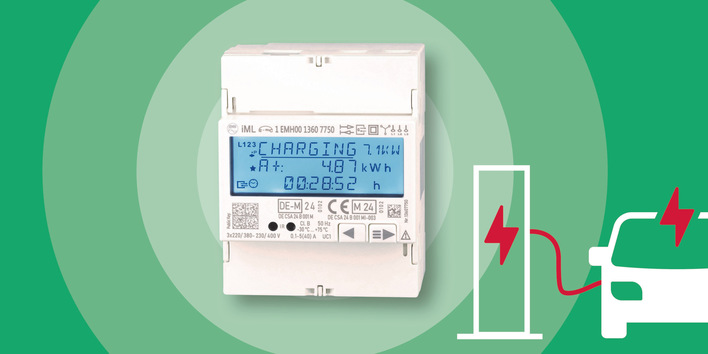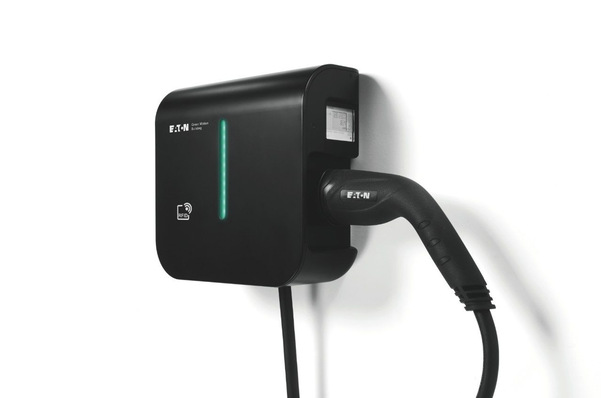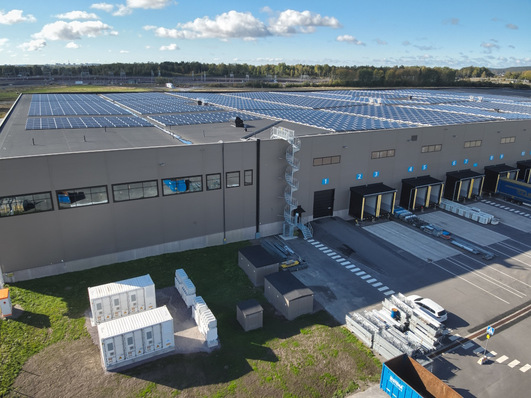E-mobility: our insight stories at a glance
E-mobility: our expert’s interviews at a glance
E-mobility: costs, prices and finance at a glance
Everyone is talking about electric cars, but the energy transition has not yet really arrived in transportation. Most people think it is too expensive, and the tabloids keep repeating it without giving it a second thought. But it you are clever, you can already save a lot of money now. Do you want to know how? Then keep reading!
These are the 8 expert tips for e-mobility:
- Know the true price for your vehicle!
- Start small, grow slowly!
- Turn your house into a filling station!
- Choosing the right charging technology!
- Customising electrical installations!
- Use mobile batteries proactively!
- Towing has to be possible!
- Leave the installing to the experts!
Join our Solar Saturday Club! More tips and news for your use here.
1. Know the true price for your vehicle!
You are presented with the electricity demand for your house or flat at the end of the year, as well as with expenses for the other utilities. With cars it is different: The costs add up quietly. It is surprising that many people do not even know how much money they spend on their car(s) each month. And it is not just about the fuel, but about the depreciation of the vehicle, taxes, insurance, parking fees, inspections (plaques), repairs and road tolls. Do not forget: parking tickets. It pays off to keep an exact tally on all such expenses. Then you will realize fairly quickly that the expenses can double the monthly cost of living – and that switching to electric vehicles can be quite worthwhile from an economic standpoint – despite the (still) high acquisition cost. Because from now on fuel (electricity) is available at lower costs, inspections are no longer necessary and the need for repairs is reduced dramatically. Back to top
Thinking of EVs initially brings to mind a saloon car, a sports car or a minivan for the entire family. But that would be putting the cart before the horse. In order to get comfortable with electric vehicles, you should start small: with electric gardening tools, wheel chairs (for the elderly), electric golf carts, pedelecs and e-scooters. The electricity for the batteries comes from a solar generator on the roof. If it has to be a car, then you should start with small all-electric car. You can use it to go shopping, visit family and friends in the area and for your daily commute. The latter especially pays of, if your employer installs a number of charging stations for his employees, ideally with solar carports on the company parking lot. That way, he will also save money. Exchanging the family saloon for an electric model does is not worth it at the moment. The range (on a full charge) of EVs is still too small, but that will change very soon. As a matter of fact: About 80 percent of the individual traffic in Central Europe only involve short distances up to 50 or 60 kilometres. This is ideal for electric cars, and not a problem even in winter. Back to top
3. Turn your house into a filling station!
E-mobility really gets interesting if you generate the power for the batteries yourself. The kilowatt hour from the power grid costs about 30 eurocents, the self-generated solar electricity between nine and twelve cents, plus value added tax (VAT). However, the average price advantage is a minimum of twelve to fourteen cents. That pays off. Also, you can expand solar generators successively, for instance if you decide to set up a wallbox in the garage. It is even conceivable to set up an electric charging point independently of the house grid. Here is how to do that: You cover the garage or carport in solar panels and connect them to a battery as a stand-alone system. The wallbox (charging station) supplies the vehicles from this battery. You can make it through a number of months of the year this way. In the winter, when solar electricity is being produced, your vehicle can be charged by plugging it into the house network. The benefit: The stand-alone solar system is in most countries not subject to network fees and taxes. Everything works on direct current, including charging the car battery, avoids losses (conversion from direct current to alternating current and vice versa) and can potentially save you a lot of money. Back to top
4. Choosing the right charging technology!
Most buildings in Central Europe have a three-phase connection (400 volts). In UK, Ireland and Scandinavia they have single-phase systems (230 Volt). Three-phase installations can produce greater outputs. A wallbox should comply with at least type 2 of the international standardisation. Such charging systems allow direct current as well as alternating current as the source. You can tell a type 2 plug by its flattened top edge and the missing locking lid. You can use 230 Volt or 400 Volt alternating current, i.e. single- or three-phase systems. At such a charge point (output: 43 kilowatts), you can charge the 22 kilowatt hour battery of a vehicle within half an hour. So-called rapid charging systems (CCS: Combined Charging System, also called Combo 1 or Combo 2) run on direct current. For the moment, they are just being built along motorways and main roads. Surely this technology will soon also be available to private or commercial users. Back to top
5. Customising electrical installations!
Because of wallboxes and charging points, it might be necessary to adapt already-existing electric installations in a building or estate. Primarily, this affects fuses, surge protection and possibly the cable cross sections. Usually, larger modifications are not needed, because the wallboxes available on the market are already optimised. Also, the electrical equipment in most European countries is well done. Only very old buildings may possibly require professional attention. Back to top
6. Use mobile batteries proactively!
In principle, EVs make it even easier to put the solar power from your roof to good use, because along with the domestic storage unit which is permanently installed in your house provide additional storage capacity. That is why you always charge electrical vehicles when a lot of solar power is available. If the cars are not in use – and if they are technically capable of it – you can feed the electricity from the vehicle battery into the house grid. Due to the ability to return feed electricity, you can plan your domestic storage unit (solar battery in the house) smaller – or potentially do without it completely! While still using the most of your solar electricity. Back to top
A word about towing: Electric cars can only able to help get other electric cars that have run out of power going again, if the battery systems of both cars are laid out for return charging. For this reason, you should only buy EVs that have this feature (bi-directional charging) as standard. Otherwise, the only thing left to do is call your automotive club to come and tow the stranded vehicle and that will cost you money. Which brings us back to the first tip: know the true cost of vehicles! Back to top
8. Leave the installing to the experts!
The installation of the electrical charging technology, buffer batteries and of the solar generators should always be done by experienced local specialists. These technicians often have already fitted similar systems and buildings. Let them show you references, and ask other users about their experience. (Heiko Schwarzburger) Back to top
Join our Solar Saturday Club! More tips and news for your use here.







